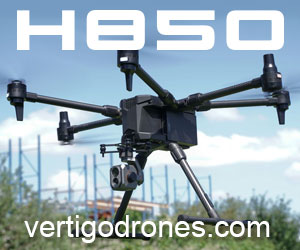First, sorry for my english. I hope you will understand my issue.
I have an issue with my H Pro.
The last time I flew I realized the update from the 1st of September and I did a compass calibration and everything was ok.
This afternoon I flew with the update of the 1st of september. Not the last.
Before flying, I did an accelerometer calibration. And on my flight site a compass calibration.
And I have an issue. I take off on a flat field. The altitude is ok.
But after there is an issue with altitude indicated on my ST16.
Beacause quickly it’s a sloping field. So when I fly horizontally normally the altitude must increase because it’s a slope.
But on the ST16 the altitude doesn’t change.
If I go down in altitude in the sloping field, the altitude on ST16 become negative because I am lower than my take-off point.
So the altitude is not correct.
And after nothing is good.
I'm not sure that the accelerometer calibration is ok. During the procedure I have the blinking and beep and green light. But the lights of H don’t stop at the end of the accelerometer calibration.
I try many times to recalibrate the compass and the accelerometer. And the last firmware. But still the same problem.
I have an issue with my H Pro.
The last time I flew I realized the update from the 1st of September and I did a compass calibration and everything was ok.
This afternoon I flew with the update of the 1st of september. Not the last.
Before flying, I did an accelerometer calibration. And on my flight site a compass calibration.
And I have an issue. I take off on a flat field. The altitude is ok.
But after there is an issue with altitude indicated on my ST16.
Beacause quickly it’s a sloping field. So when I fly horizontally normally the altitude must increase because it’s a slope.
But on the ST16 the altitude doesn’t change.
If I go down in altitude in the sloping field, the altitude on ST16 become negative because I am lower than my take-off point.
So the altitude is not correct.
And after nothing is good.
I'm not sure that the accelerometer calibration is ok. During the procedure I have the blinking and beep and green light. But the lights of H don’t stop at the end of the accelerometer calibration.
I try many times to recalibrate the compass and the accelerometer. And the last firmware. But still the same problem.







